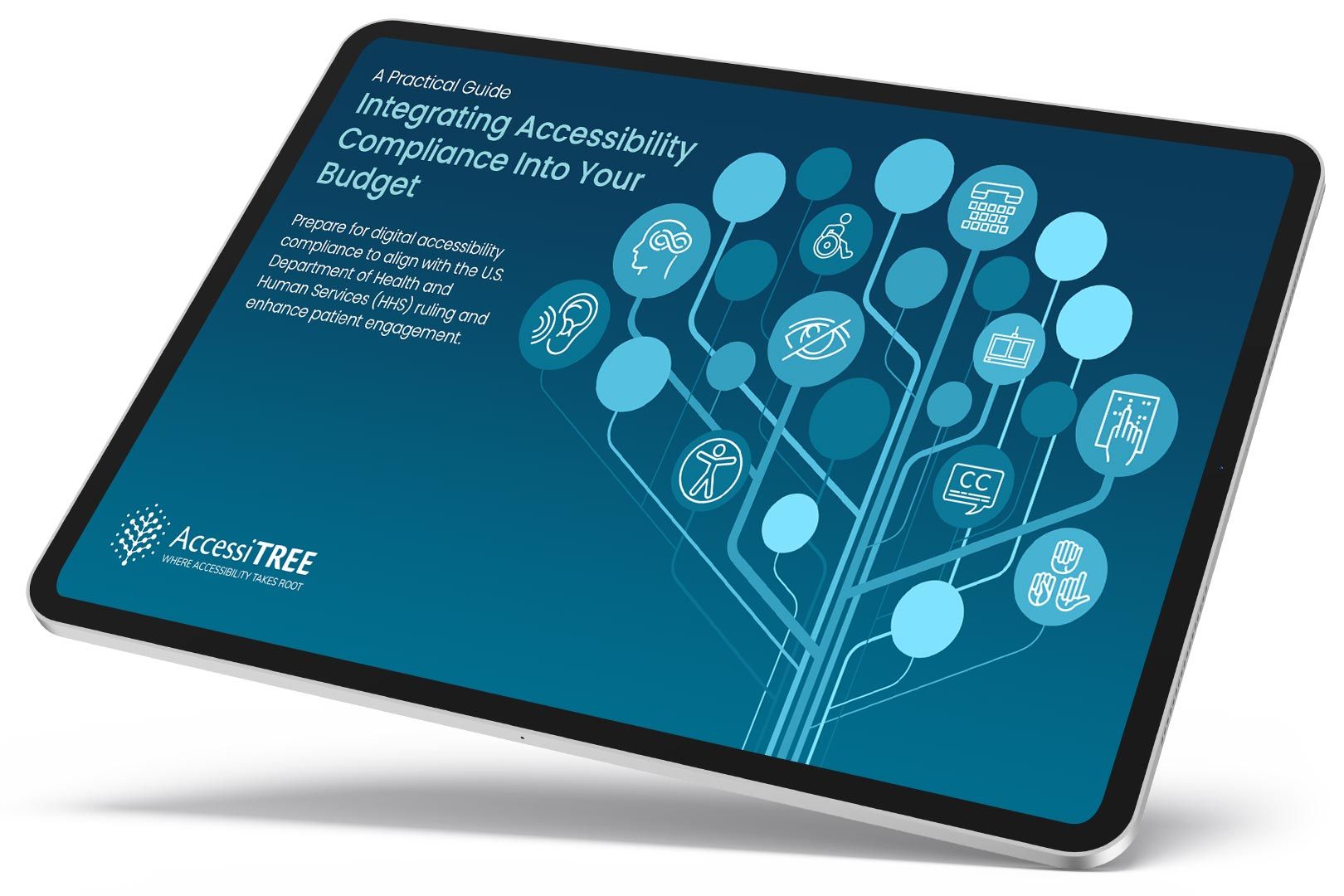Don’t Rely Solely on Sensory Characteristics for Instructions
Instructions provided for understanding and operating content must not rely solely on sensory characteristics of components such as shape, color, size, visual location, orientation, or sound.
Why It Matters
Users who are blind cannot perceive instructions based on shape, color, size, or visual location (e.g., “Click the round button,” “Press the green square,” “The item on the right”). Users who are deaf cannot perceive instructions based on sound (e.g., “Stop when you hear the beep”). Instructions need to be understandable regardless of sensory abilities.
Fixing the Issue
Provide instructions that work independently of sensory characteristics. Instead of “Click the red button,” label the button clearly (e.g., “Submit”) and instruct the user to “Click the Submit button.” Instead of “Refer to the chart on the left,” give the chart a heading or caption and say “Refer to the ‘Sales Data Q3’ chart.” Use text labels, ARIA attributes, or other non-sensory cues in addition to or instead of relying purely on visual or auditory cues.
Good Code Example
Instructions refer to labels, not just appearance:
-
<form> <p>Please fill out the fields below. Required fields are marked with an asterisk (*).</p> <label for="name">Name: <span aria-hidden="true">*</span></label> <input type="text" id="name" required aria-required="true"> <p>Click the "Proceed to Checkout" button when ready.</p> <button type="submit">Proceed to Checkout</button> </form>
Bad Code Example
Instructions rely solely on sensory characteristics:

A practical guide for healthcare leaders navigating WCAG compliance.